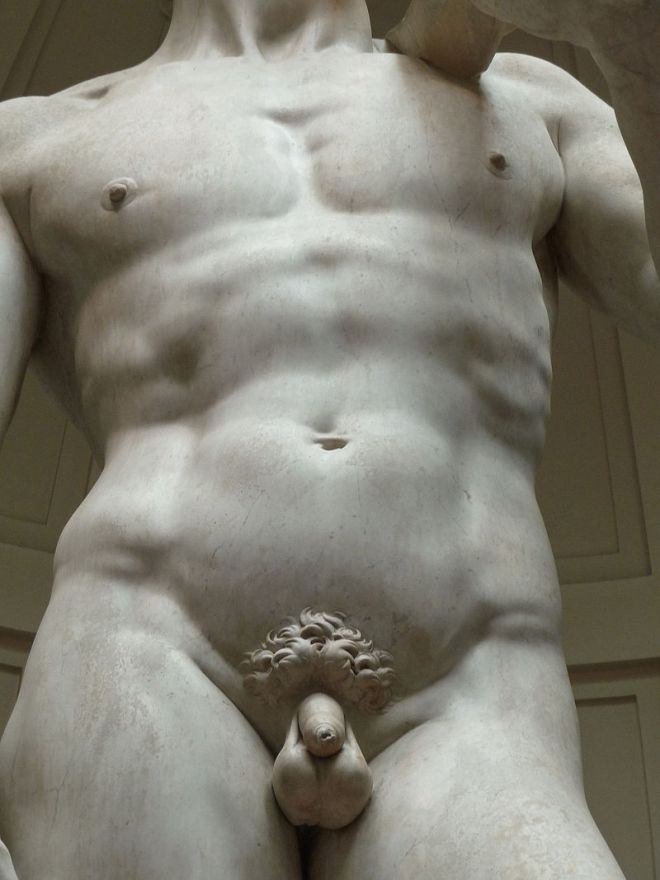Reader question: “Consider explaining how or why Cimabue is considered important—what were his influences on art and WHY was he considered great? Why is this perfectionist trait important? Did his pride influence others?” – asked by Eric
Cimabue was an Italian (more specifically, a Florentine) painter who was active in the late 13th and early 14th centuries, right before the Renaissance period started. As you correctly write, he is considered to be a very important figure in European art history. If I were to explain why, I would say that it’s for these two main reasons:
- He was the teacher of Giotto, considered to be the first truly great Renaissance painter, and
- He is seen as a kind of “transitional” artist between the Medieval and the Renaissance periods.
You’re also correct in that there are anecdotes suggesting that he was a “haughty and proud” artist who would destroy his work if there were any flaws in it. Before explaining why that legacy is so important, though, let’s look at why being Giotto’s teacher is such a big deal.




